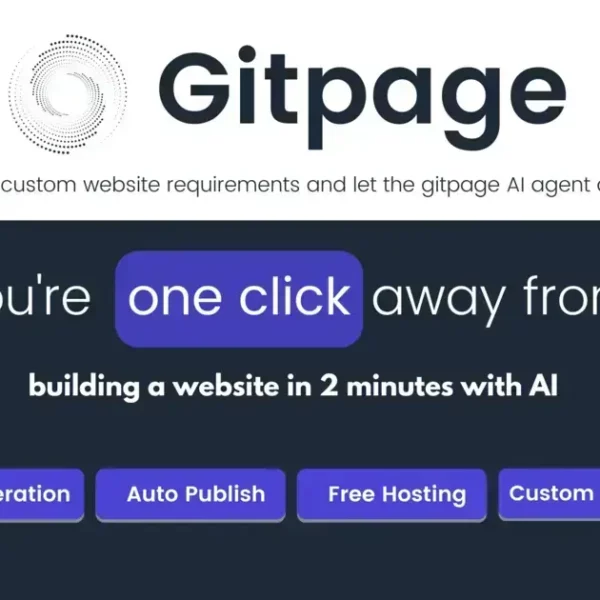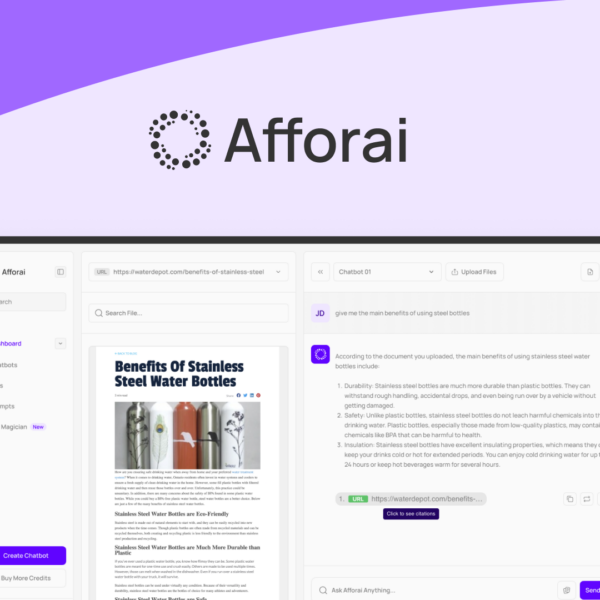Curious about SaaS lifetime deals? Whether you’re eager for growth or simply want to streamline operations, knowing what to check for is crucial before you invest your hard-earned cash.
Understanding SaaS and Its Potential Benefits
Understanding SaaS (Software as a Service) is crucial for anyone looking to enhance their business. SaaS delivers software online, removing the need for separate installations. You can access it via the internet anytime, anywhere. This simplicity promotes flexibility and mobility for businesses today.
What Makes SaaS Attractive?
SaaS is popular because it reduces upfront costs. With traditional software, you often pay a lump sum for licenses. With SaaS, you usually pay a monthly or yearly fee. This approach can help businesses manage their budgets better.
Easy Updates and Maintenance
Another great perk of SaaS is automatic updates. You don’t need to worry about installing new versions or patches. Providers handle this, ensuring you always have the latest features and security fixes. It saves you time and reduces hassle!
Collaboration Made Simple
SaaS often includes tools that promote teamwork. Many applications allow multiple users to work together in real-time. This ability is excellent for teams spread across different locations. You can share files, communicate, and collaborate effortlessly.
Scalability for Growth
SaaS can grow with your business. Whether you’re just starting or expanding, most providers allow you to adjust your plan based on your needs. You can add users or features without the stress of complex installations.
In summary, understanding SaaS and its benefits can help you make smarter choices for your business. With its cost-effectiveness, ease of maintenance, collaborative tools, and scalability, it’s a great option to consider.
The Importance of Developer Background Research

When considering a SaaS lifetime deal, researching the developer is key. Knowing who’s behind the software can make a big difference. A reputable developer often means a better product.
Track Record Matters
Look for developers with a strong history. Have they released successful software before? Check reviews and user feedback. This can show how reliable they are and if they deliver on promises.
Community Engagement
See if the developer engages with their community. Active participation in forums and social media can indicate a commitment to their users. Developers who listen to feedback are more likely to improve their products over time.
Support and Updates
Good developers offer ongoing support. Find out how quickly they respond to inquiries and issues. Regular updates are also a sign of a developer who cares about their software’s quality and security.
Transparency and Trustworthiness
Assess the developer’s transparency. Are they clear about pricing, features, and limitations? Trustworthy developers will provide this information without hiding important details.
In the end, doing your homework on the developer can prevent costly mistakes. By ensuring you’re working with a reliable and honest team, you can enjoy a better experience with your SaaS product.
Evaluating Recent Features and Updates
When you’re considering a SaaS product, evaluating recent features and updates is important. Regular updates can show you how well a product is maintained. It also means you’ll get new features that can improve functionality.
Check the Update History
Start by checking the product’s update history. How often do they release new features? Frequent updates may indicate strong developer support. It’s good to know your software is evolving with user needs.
Understand New Features
Look into what the recent features are. Do they solve common problems? Are they user-friendly? Knowing how new features function helps you decide if the product meets your needs.
Security Patches
Security updates are just as important. Make sure the developer regularly addresses vulnerabilities. Software that is not updated can become a target for cyber threats. Staying secure should be a top priority.
User Feedback on Updates
Check user reviews about recent updates. Are users happy with the changes? Positive feedback often means the updates are beneficial. If users are unhappy, it may signal problems.
In short, evaluating features and updates helps you make informed decisions. Paying attention to these aspects can lead to better choices for your SaaS product.
Examining the Product Roadmap for Future Releases

When considering a SaaS product, it’s essential to examine the product roadmap. A roadmap shows the planned features and updates for the future. This can give you a clear view of what to expect.
What is a Product Roadmap?
A product roadmap outlines the developer’s plans over time. It details upcoming features, improvements, and timelines. Understanding this helps you see if the product will grow with your needs.
Importance of Release Schedules
Check if the roadmap includes release schedules. Knowing when features are expected can help you plan better. Timely releases can mean better tools are coming your way soon.
Alignment with User Needs
Look at how the roadmap aligns with user needs. Are the planned features what users have requested? If the developer listens to feedback, it’s likely they’ll enhance your experience.
Adaptability of Roadmaps
Also, consider how flexible the roadmap is. Sometimes, priorities may shift due to user feedback or market changes. A good developer will adapt their plans to enhance the product.
By examining the product roadmap, you can make informed choices. Knowing what’s ahead helps ensure the SaaS product will meet your expectations in the future.
Assessing Your Needs Before Committing to a Deal
Before you commit to a SaaS deal, it’s essential to assess your needs. Understanding what you really need helps you choose the right product. This can save you time and money in the long run.
Identify Your Goals
Start by identifying your goals. What do you want to achieve with the software? Whether it’s streamlining operations or improving communication, knowing your goals sets the foundation for your decision.
Evaluate Current Tools
Next, evaluate your current tools. What’s working and what’s not? Analyzing this helps you spot gaps and points for improvement. It also shows what features are must-haves.
Consider Team Input
Don’t forget to get input from your team. They will use the software daily, so their needs matter. Gather feedback on what they find important. This encourages buy-in and helps ensure everyone is on the same page.
Budget Flexibility
Consider your budget too. Make sure you know how much you’re willing to spend. Balancing your needs with budget constraints is crucial to find the right solution.
By assessing your needs before making a deal, you can ensure you get the right SaaS product for your business. This careful planning makes a big difference in your overall success.




